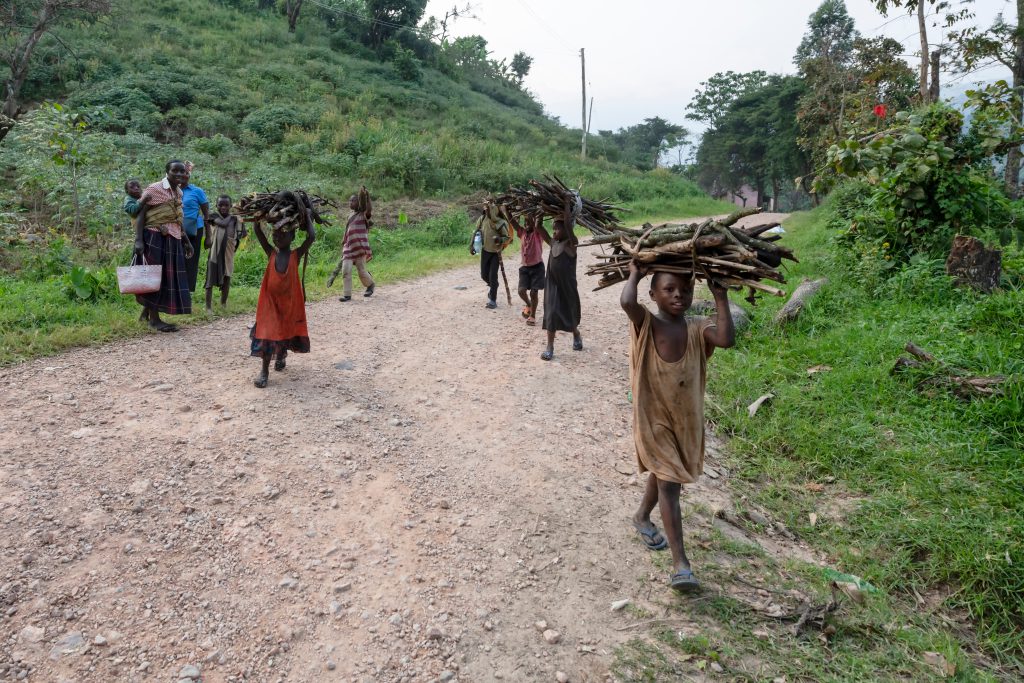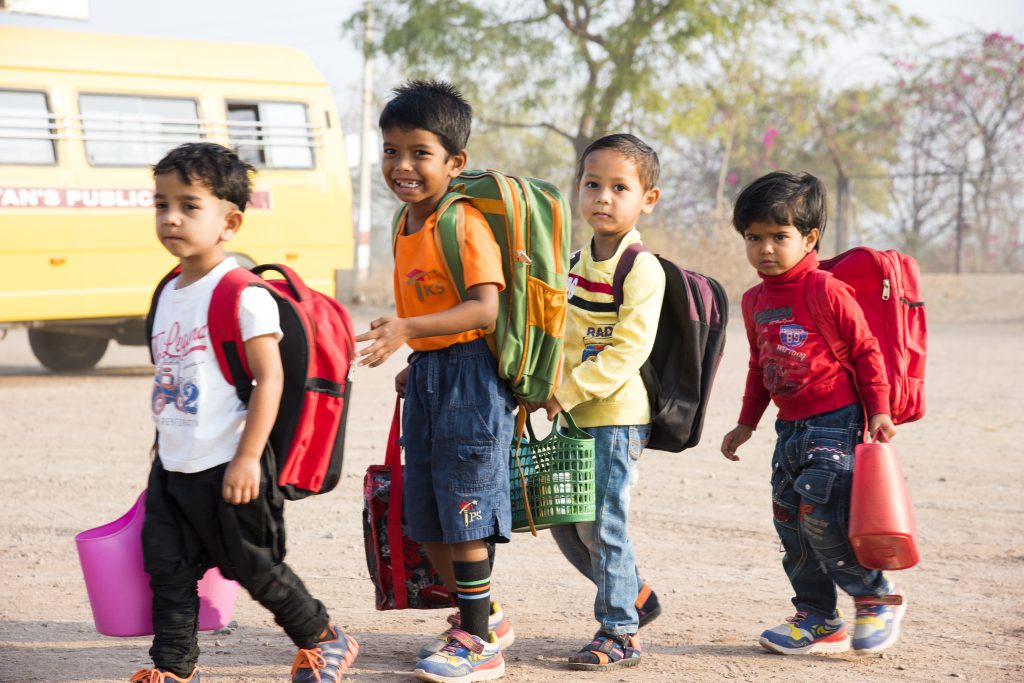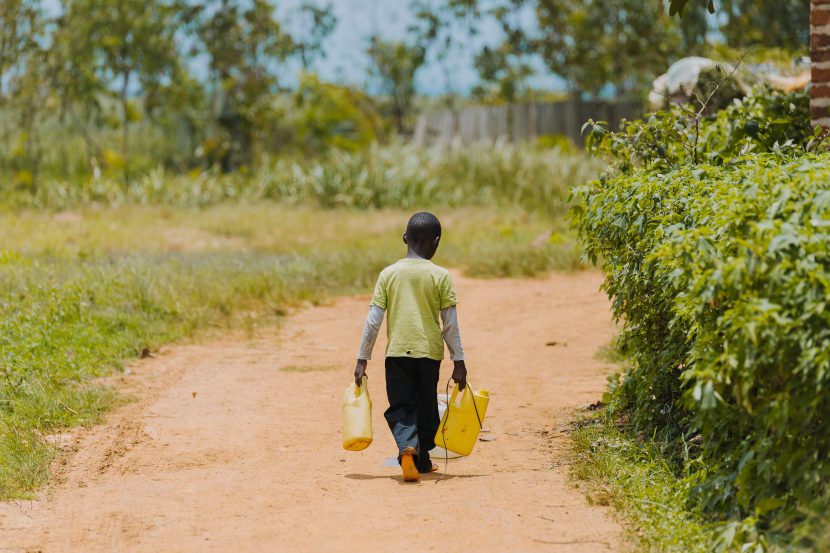The pandemic has had awful economical and health consequences throughout the world. But for those living in lower-income countries, the rise of child labor has become a pertinent issue. Child labor is rampant, the International Labour Organization (ILO) and the United Children’s Fund (UNICEF) tell us. In a June 2021 report, ILO and UNICEF published that 160 million children were involved in child labor in 2020.
Although the percentage of children in child labor did not change from 2016-2020, there is an increase in the absolute number of children in child labor by 8.3 million. (ILO and UNICEF 2021) The pandemic has completely reversed the recent declines in the levels of child labor since 2000. Child labor goes hand in hand with education: with a rise in child labor, the world is also seeing more children drop out of school. (Diaz 2021)
What’s the current situation?
Globally, the level of child labor has significantly increased. But the rate of child labor is worse in sub-Saharan Africa: “With more children being born into poor households and a general lack of government support, [senior researcher at IZA Institute of Labor Economics Furio Rosati] said the kids are too often pushed into the workforce to support their families.” (Ghaedi, 2021) Furthermore, sub-Saharan Africa has been particularly affected by “population growth, recurrent crises, extreme poverty, and inadequate social protection measures” which have deteriorated living conditions since the pandemic. (United Nations, 2021)
In Asia, the Pacific, Latin America and the Caribbean, on the other hand, the rate of child labor tends to decrease. Disparities also occur within the statistics, according to gender and urban/rural area: the United Nations (UN) highlights that “Child labour is more prevalent among boys than girls at every age but when 21 hours per week of household chores are taken into account, the gender gap in child labour narrows.” (United Nations, 2021) Child labor in rural areas is also particularly higher than that in urban areas. Typically, more boys than girls are involved in hazardous workplaces such as mining.
How did this rise occur? Prior to 2020, countries across the globe had made impressive efforts to reduce the child labor rate by 40% between 2000 and 2016, but this did not suffice. So why are the rates so high? It’s because of the COVID-19 pandemic. Although Human Rights Watch Advocacy Director at the Children’s Rights Division Jo Becker also explains that alarming numbers of child labor pre-date the pandemic. (Becker 2021)
How did the COVID-19 pandemic affect child labor?
Zoom in to Ghana, Nepal, and Uganda
In order to understand this rise in child labor, and the subsequent consequences, let’s look at Ghana, Nepal, and Uganda. During the COVID-19 pandemic, organizations such as Human Rights Watch, Friends of the Nation, and the Initiative for Social and Economic Rights interviewed children in Ghana, Nepal, and Uganda on their living conditions and presented the results in a May 2021 report titled ““I Must Work to Eat” – Covid-19, Poverty, and Child Labor in Ghana, Nepal, and Uganda.” (Becker 2021) They picked these countries because of their failures to provide adequate cash allowances, which would have been helpful in decreasing child labor.

We are zooming into the case study of these countries in order to present the greater picture of the effect of the pandemic on the level of child labor. The children worked in varying types of work: “brick kilns, carpet factories, in construction, as mechanics, rickshaw drivers, carpenters, and as vendors selling tea, cotton candy, masks, and other items.” (Human Rights Watch 2021)
Children often became involved in child labor after deteriorating living conditions in their family due to their parents losing their jobs: “Isaac, age 15, said his mother was a food trader, but during the lockdown, she could not get to the market due to lack of transport.” (Becker 2021) The job losses resulting from the pandemic lead more children to attempt to become the breadwinners of their family.
The 81 children (ages 8-17) in the interviews spoke about the consequences of working during the pandemic: the job loss, the low salaries, the long hours, the school closures and the lockdowns. Children also reported on deteriorating health conditions: “fatigue, dizziness, and pain in their backs, legs, knees, hands, fingers, and eyes from repetitive motions, sitting for extended periods, or carrying heavy loads.” (Human Rights Watch 2021)
Violence also occurred. For example, Angela (age 15) from Uganda was often beaten by her employer when performing her work : ““He beats us, he can push you, slap you, but we endure . . . I need the job, I need the money, however little.”” (Becker 2021) Despite the horrific working conditions, children are often desperate to make money. What’s worse, some children do not plan to continue their education.
After being able to secure a living wage, children question the point of returning to school. Globally, 24 million children have dropped out of school for good since the pandemic. (Becker 2021) Apart from not attending school children in these three countries are not given appropriate access to water, sanitation, food, and more.
What’s the solution?
As a solution, Human Rights Watch advises that “the Nepali government and international donors should expand Nepal’s relatively small cash transfer program to keep children out of exploitative and dangerous child labor.” (Human Rights Watch 2021) Yet, Human Rights Watch insists that this did not have to happen: the alarming rate of child labor was not “an inevitable consequence of the pandemic.” (Becker 2021)
Indeed, certain governments failed to provide enough support for their children in this difficult time: “Many governments have successfully reduced child labor in the past by providing regular cash allowances to help families meet their basic needs without sending their children to work. But 1.3 billion children – mostly in Africa and Asia – are not covered by such programs.” (Becker 2021) These programs have now become crucial necessities.
The conclusion is overwhelmingly negative: the UNICEF Executive Director Henrietta Fore fears we are losing the fight against child labor (Ghaedi 2021). But there is still hope: with the right governmental measures, conducted in a timely manner, and adequate child support, countries across the world hold the responsibility to reverse the high rate of child labor. Root causes will need to be examined in order for change to occur. The governments of these countries must be better for its people, and its children.
And the solution, for ILO Director-General Guy Ryder, lies in education. “Policies that allow children to stay in school even in the midst of economic hardship, increased investment in rural development, and decent agricultural work are key to turning the tide.” (ILO and UNICEF 2021) Governments need to pay more attention to education, and provide it adequately for their children. The ILO and UNICEF report also point to a necessary increase in child welfare support, which might be unlikely given the current national budget situation.
Although organizations can report and help as best they can with humanitarian aid, it is the government’s responsibility to support its children. It is only through the reduction of child labor and the increase of education that children will be free: each child has the right to live a fulfilling and safe childhood.
Humanium’s fight against child labor
At Humanium, we value children’s right to education, health, and water. Unfortunately, with the rise of child labor across the world, and particularly in Sub-Saharan Africa, children’s basic rights are in jeopardy. We must push governments to act on these issues by reporting on them. Speaking about these issues also allows us to find new solutions.
We must also provide humanitarian urgent aid to help out children in distress. In our past projects, and particularly those in India in Madhya Pradesh, we sought to eradicate the issue of child labor, by supporting their Residential Special Training Centre. Through this centre, children had the opportunity to build on their education, and receive educational, physical, mental and emotional support in order to later reintegrate into public education. In doing so, we were able to help out thousands of children.

If you would like to support Humanium in fighting for children’s rights during the pandemic, consider becoming a member, sponsoring a child, volunteering, or making a donation for our projects!
Written by Leah Benque
Bibliography:
Bureau of International Labor Affairs (n.d.), “Child Labor and Forced Labor Reports,” U.S. Department of Labor, accessed on July 10, 2021.


